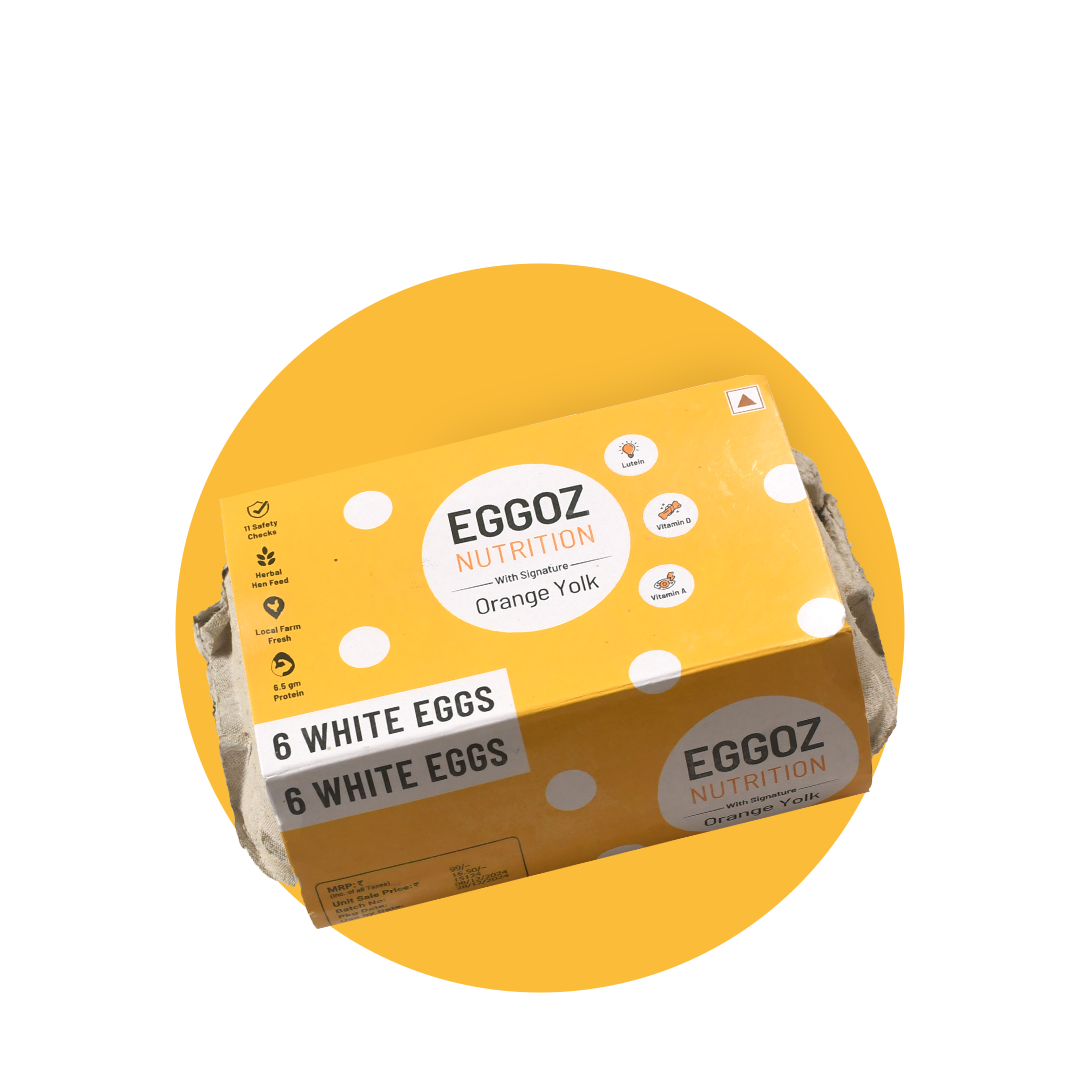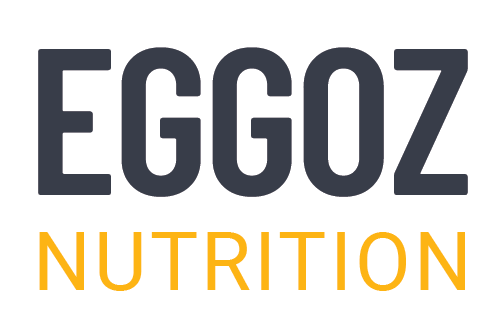Ever cracked an egg and found two yolks inside? Wondering if they're safe to eat and what they signify?
Well! Globally, the average person consumes about 161 eggs per year. So, the occurrence of a double yolk is a rare phenomenon, happening in roughly one out of every 1,000 eggs.
But beyond the curiosity they spark, questions arise: Do they offer any additional nutritional benefits? Or how it happens?
This blog will focus on double yolk eggs, exploring why they occur, their safety and nutritional value, and the myths that have grown around them.
What is a Double Yolk Egg?
A double yolk egg occurs when a hen's body releases two yolks instead of one during its ovulation cycle. This is quite rare, happening in roughly one out of every 1,000 eggs. Think of it as catching a foul ball at a baseball game—not impossible, but definitely a rare event.
Why Do Double Yolks Happen?
Egg Production:
- Hens' Reproductive Process: Hens have two ovaries, but only the left one produces eggs. Every 25 to 27 hours, a yolk is released and travels through the reproductive tract, gathering the egg whites (albumen) and shell materials along the way.
- Double Yolks: When two yolks are released close together, they travel down the reproductive tract simultaneously, resulting in a double yolk egg.
Types of Chickens:
- Young Hens (Pullets): Double yolks are most common in young hens whose reproductive systems are still maturing.
- Older Hens: They can also occur in older hens whose systems are winding down.
- Heavier Breeds: Certain breeds like the Buff Orpington are more prone to laying double yolk eggs.
Odds and Occurrences:
The likelihood of encountering a double yolk egg is about one in 1,000. Discovering eggs with even more yolks is much rarer, with the world record being an egg with nine yolks.
Superstitions Around Double Yolk Eggs:
Double yolk eggs are surrounded by various myths and superstitions:
- Death: In Norse culture, finding a double yolk was seen as an omen of death in the family.
- Good Fortune: In Wiccan beliefs, it is considered a sign of good luck.
- Fertility: Some cultures view it as a sign of impending pregnancy, sometimes even predicting twins.
Are Double Yolk Eggs Safe to Eat?
Yes, double yolk eggs are perfectly safe to eat. They contain the same nutrients as single yolk eggs but do not offer any additional nutritional benefits. However, the smaller size of the yolks in double yolk eggs means their combined nutritional content is similar to that of a single extra-large egg.
Nutritional Value of Double Yolk Eggs
Nutrient Content:
- Vitamins and Minerals: Egg yolks are rich in vitamins B-12, D, lutein, and zeaxanthin, which are essential for eye health.
- Protein: Eggs are a good source of protein, with the yolk containing 40% of an egg's total protein.
Double yolk eggs provide similar nutritional benefits as regular eggs. However, because the yolks are smaller, their nutritional value is comparable to that of a single jumbo egg.
Impact on Cooking and Baking
Double yolk eggs can alter the yolk-to-white ratio in recipes, which may affect baking outcomes. While this usually doesn't impact dishes like scrambled eggs or omelettes, it can throw off the balance in baking recipes. If your recipe calls for a specific number of yolks, you might need to adjust the quantity if using double yolk eggs.
Fun Facts and Records
- World Record: The record for the most yolks in a single egg is 9.
- Multiple Double Yolks: Finding several double yolk eggs in one carton usually indicates they came from a farm with many young hens laying eggs simultaneously.
Conclusion:
Double yolk eggs are perfectly safe to eat and provide the same nutrients as regular eggs. These unique eggs have fascinated people for ages, often surrounded by myths and superstitions. For those who prioritize quality and nutrition in their eggs, Eggoz is an excellent choice. Their white and brown eggs are packed with essential nutrients such as omega-3 fatty acids, protein, vitamins A, B12, E, and more, offering superior nutritional benefits for your diet.


